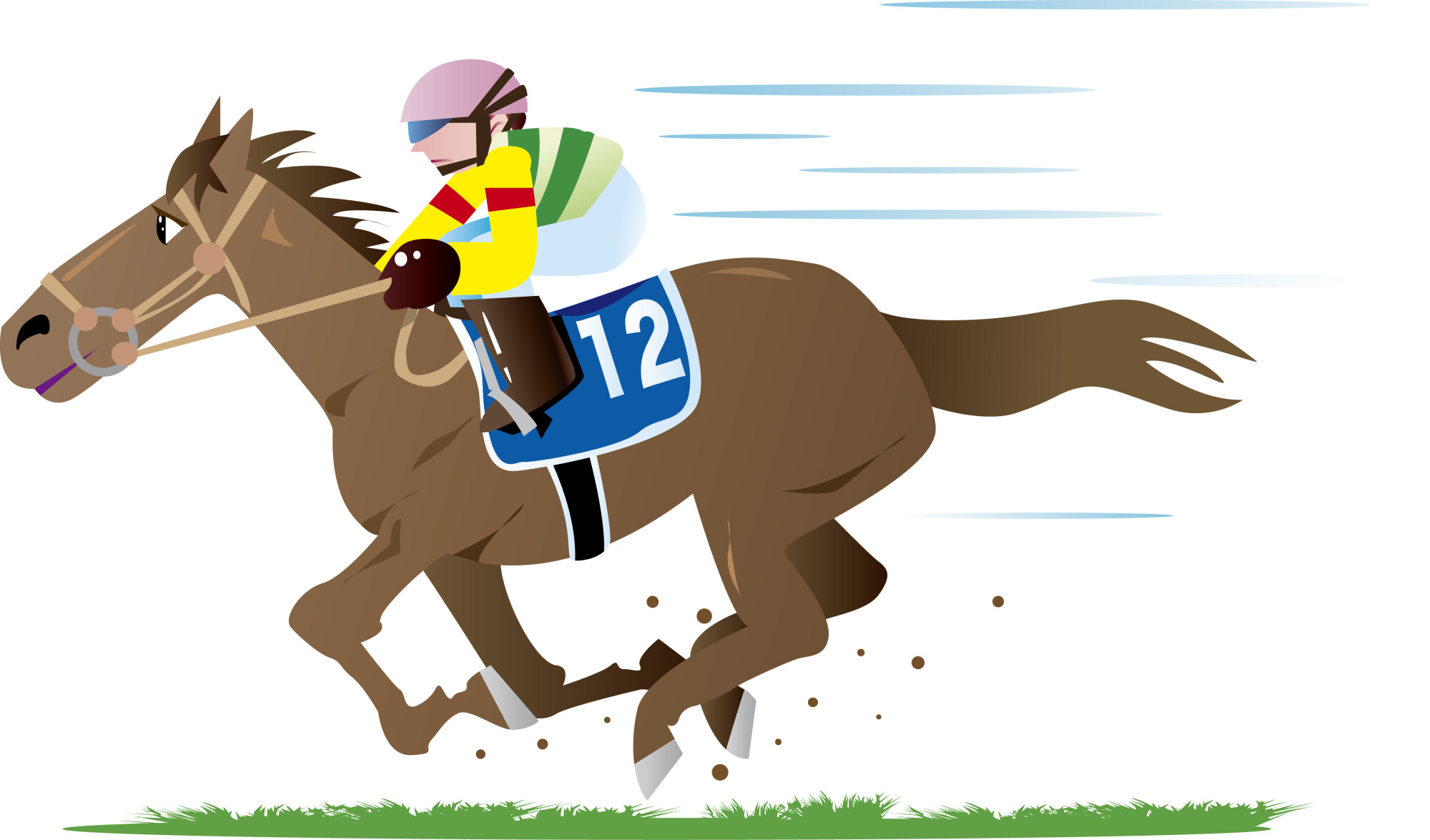Patent Law Alert -- Proposed Changes to USPTO’s Inter Partes Review Process – Does It Start a New “Race to Judgment” on Patent Invalidity?

On October 17, 2025, the U.S. Patent and Trademark Office (USPTO) issued a Public Notice proposing significant changes to the rules of practice for inter partes review (IPR) proceedings before the Patent Trial and Appeal Board (PTAB), which hears patent validity challenges within the USPTO. This notice has initiated a 30-day comment period to solicit public feedback on the proposed rule changes.
IPRs are procedures commonly used to challenge the validity of an issued U.S. patent before the USPTO. The PTAB decides whether or not to institute a review by determining if the petition has a reasonable likelihood of success on at least one claim. In the current system, an IPR may be brought in parallel with patent litigation involving the same patent, and multiple IPRs involving different combinations of invalidating prior art references may be instituted.
The proposed changes (to 37 C.F.R. § 42.108) would implement mandatory restrictions on when an IPR can be initiated and may have a significant impact on the IPR process and litigation strategy for litigants in the United States.
1. Mandatory Bar Against Challenging Previously Litigated and Upheld Patent Claims
First, the new rules would prohibit the PTAB from instituting an IPR if a claim of a challenged patent has already been upheld (i.e., found valid) in a prior proceeding, such as in a federal district court, the International Trade Commission (ITC), or the PTAB itself. This creates a “one-and-done” approach to patent validity challenges.
This takes away the potential opportunity to challenge the same patent claims in multiple proceedings, or to institute multiple IPR proceedings against the same patent claim with different combinations of invalidating prior art.
The practical impact would be a dramatic change from the current practice because even one unsuccessful challenge might effectively bar all potential infringers from challenging the same patent claims in an IPR, including future accused parties who never had their own opportunity to mount a proper challenge.
2. "Race to Judgment" for Parallel Litigation or Proceedings
Second, the proposal would bar the PTAB from instituting an IPR if a parallel district court or ITC case is “more likely than not” to reach a validity decision first. This elevates the timing and anticipated speed of litigation into a critical strategic factor for third-party challengers and patent owners.
Thus, the IPR petition would need to be prepared and filed very soon after a district court action is filed in order to ensure that a final written decision from the PTAB will precede the likely date of resolution in the district court or ITC.
As a result, the interplay between district court and ITC schedules and PTAB timelines will become a central issue, and counsel will need to monitor docket speeds and timing more closely than before.
3. Restrictions on Future Invalidity Challenges
Third, when filing an IPR petition, the petitioning party would be required to waive the right to raise any invalidity challenges against the same patent claims as those involved in the IPR under both 35 U.S.C. § 102 (lack of novelty) and § 103 (obviousness) in any other forum or venue.
The petitioner would be required to file a written stipulation, agreeing not to pursue such challenges with the USPTO or any other venue where litigation is pending. This stipulation would effectively foreclose even invalidity challenges in other venues that could not have been brought in an IPR (e.g., based on prior sale or public use).
This would raise stakes for petitioners who have multiple grounds for challenging the validity of a patent, and who previously could have split those challenges between the lower-cost IPR proceedings and litigation in court.
Greater Role of the USPTO Director in IPR-Granting Decisions
The newly appointed Director of the USPTO, John Squires, issued a second notice in addition to the IPR proposal. The Director reclaimed the authority for deciding whether to institute an IPR -- a role that was previously given to PTAB judges.
The Director will now play a more active role in deciding whether to institute IPR proceedings and will issue brief summary notices on these decisions.
Potential Practical Impact
- The proposed changes raise the stakes in planning a successful litigation strategy for IPR petitioners. Procedural and scheduling arguments will become as important as substantive ones. Parties will also need to carefully consider forum selection and the likely timeline of proceedings.
- The new rules will significantly limit the ability of petitioners to use IPRs both as a lower-cost alternative to district court cases and to pursue multiple challenges to the same patent. In fact, they may practically force a shift in the patent validity challenges back to the federal district courts.
- The proposals will give patent owners greater certainty about the validity of their patent rights by reducing potential threats of invalidation of the same patent in multiple challenges. This might strengthen the value of a patent portfolio and provide stronger incentives for investment in patented technology.
For more information, please contact Mark Montague, Daniel Basov, or your CLL attorney.

Partner
Email | 212.790.9252
Mark is head of the firm’s patent group. Mark is a patent attorney registered to practice before the U.S. Patent and Trademark Office, and has over 30 years of experience counseling large, medium, and small-sized companies in a variety of technical fields.

Senior Attorney
Email | 212.790.9278
Daniel is a patent attorney registered to practice before the United States Patent and Trademark Office, with significant experience in representing technology clients in all aspects of intellectual property-related matters, including litigation, appeals and inter party reexamination proceedings (IPRs), and prosecuting patent applications in a variety of technologies, including computer software, blockchains and digital currency, analytics and big data systems, artificial intelligence, wireless communications and computer hardware, electronics, medical, surgical and optical devices, business methods, mechanical and electro-mechanical devices and other technologies.